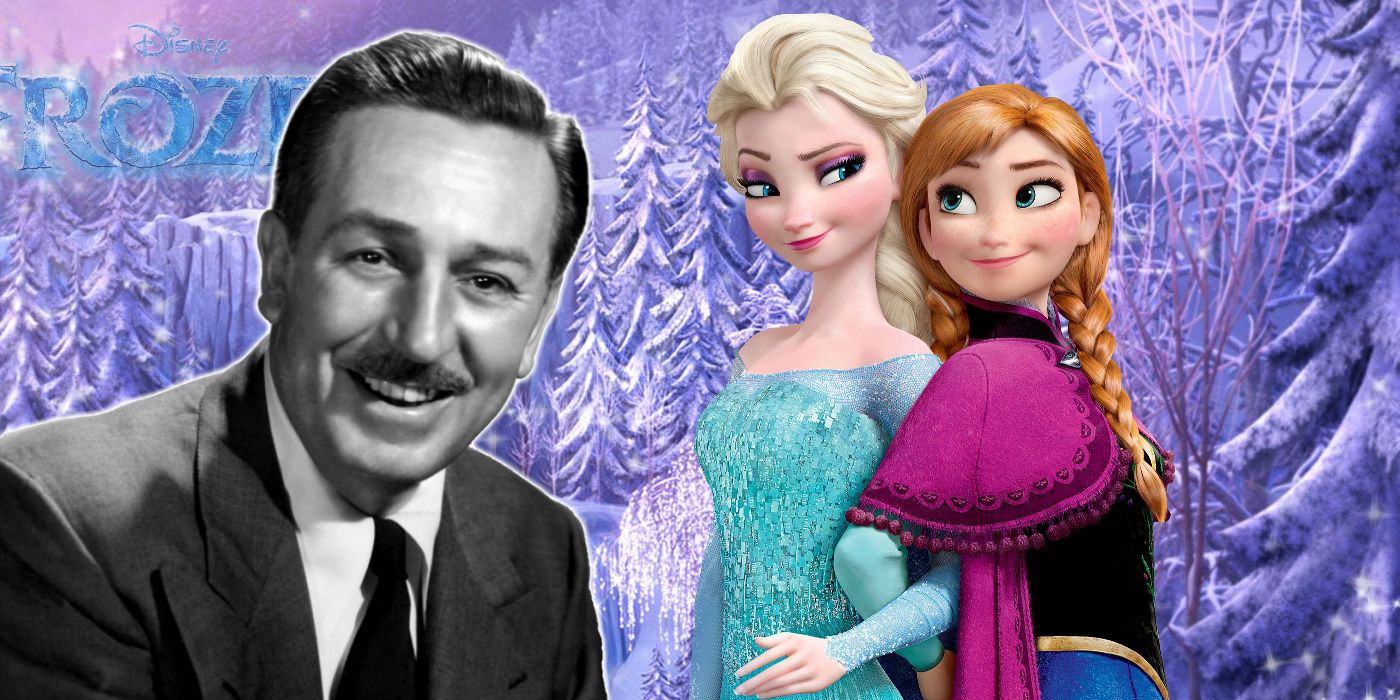A trailer for Frozen in 2013 revealed Disney’s admittance regarding the declining quality in their animation division. Walt Disney Animation Studios has been in operation since 1923 and it continues to work as one of the key divisions under Walt Disney Studios. The long-running studio, as well as Pixar, has made Disney one of the premiere animation developers in the world.
To date, Disney Animation Studio has produced nearly five dozen films and hundreds of short films. In fact, Frozen 2 marks Disney Animation’s 58th feature film. Snow White and the Seven Dwarfs served as the debut animated movie when it premiered in 1937. The movie set high expectations for the studio who then followed up with Pinocchio, Fantasia, Dumbo, and Bambi. Over time, Disney’s hand-drawn method of animations started to dip in quality as viewers thought the work was hurried. This could have been due to layoff issues and the struggles left by Walt Disney’s death in 1966.
Click the button below to start this article in quick view.
With live-action reaching heightened popularity in the 1960s and 1970s, Disney Animation nearly hit rock bottom in popularity. With the help of The Little Mermaid in 1989, Disney was able to regain its prominence. On the heels of The Little Mermaid, the company was entering the Disney Renaissance. In that period, Disney Animation released major titles like Beauty and the Beast, Aladdin, and The Lion King. The latter became the highest-grossing animated film of all-time. The Lion King was also credited for changing the expectations of animation due to its hand-drawn techniques with 3D technology. Following The Lion King in 1994, Disney hit another decline, as did their animation quality. They admitted this fact in a trailer for Frozen shared by Walt Disney Animation Studios (via YouTube). In the trailer, Disney encouraged fans to “experience the greatest Disney animated event since The Lion King.”
Why Disney’s Animation Quality Changed After The Lion King
That one line in the Frozen “First Time in Forever” trailer suggested that Disney struggled internally with their decline in animation. In the mid-1990s, Disney started to face a ton of competition as more animated studios entered operation. Disney also began expanding its own operations which may have pulled away focus from projects in development. Pixar and DreamWorks were on the rise while Disney’s hand-drawn method was perceived as outdated. The box office performances of Disney Animations films in the late 1990s and early 2000s also reiterated this notion. Disney tried its hand at a fully computer-animated film with 2005’s Chicken Little but the movie wasn’t received well by critics.
Disney CEO Bob Iger realized that Disney’s animated division was in disarray. Disney then acquired Pixar in 2006 but decided to keep it separate from Disney Animation Studios. The studio went back to the basic and allowed directors to have full control over the content by eliminating mandatory notes sent by executives. They went back to focusing on a mix of traditional animation techniques as well as computer animation. This blend of techniques was used to develop Frozen. Now that Disney Animation had a clearer structure set in place, the studio was able to put together the best candidates to make Frozen something special. Prior to its 2013 release, Disney knew that they had a hit on their hands. They also knew that their animation quality was finally back on track.
- Frozen II (2019) release date: Nov 22, 2019
